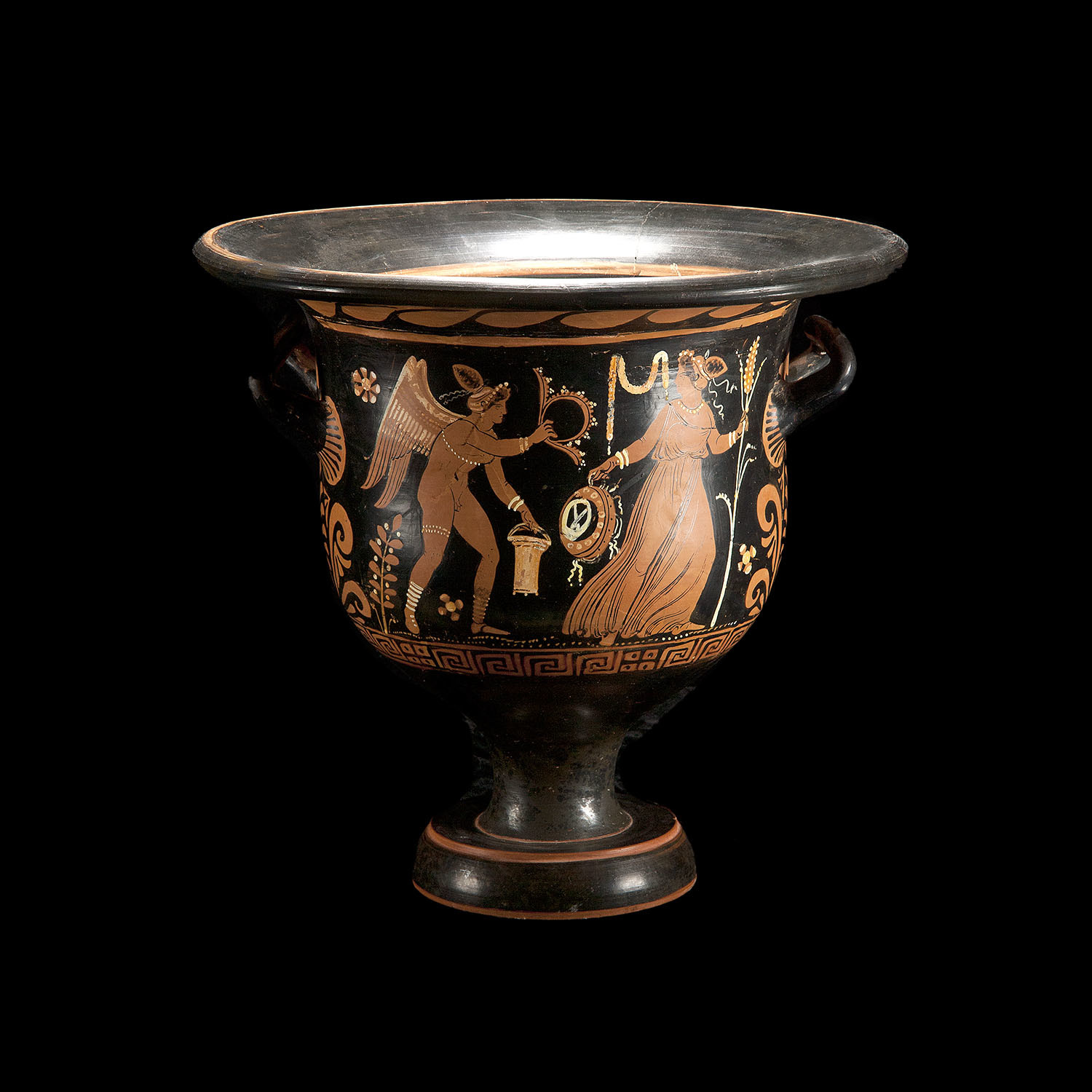I ran across this:
What we're looking at here is a reference to the abomination of desolation, a phrase which one encounters in Daniel 11:31. What's the abomination of desolation? Well, when Antiochus Epiphanes (Syrian ruler in the 160s B.C.) attempted to take over Israel and exterminate the practice of Judaism in the process, he set up idols in the Second Temple in Jerusalem, and sacrificed pigs on the altar. This was referred to in the apocryphal book of First Maccabees 1:54 as the abomination of desolation -- something so abominable that it implied a desolation (meaning that a desolation had just occurred, or was about to occur). Antiochus Epiphanes was repulsed in the Maccabean War, and when the dust cleared, the independent Hasmonean dynasty was in charge of Israel. But the people never forgot what Antiochus Epiphanes had done in the Temple. Jews today still celebrate the occasion of the temples re-dedication after Antiochus defeat, at Hanukkah.
Matthew's phrase Let the reader understand is just a heads-up to remind his readers about the sort of thing that was described as an abomination of desolation in the past. The idea is that even though Antiochus Epiphanes was defeated, the people of God have not seen the last of the abomination of desolation. Jesus predicted that such a thing will once again occur. But Jesus did not specify exactly what form this recurrence would take. He left it up to the people who would be living when it occurred to identify it (and thus remain vigilant against similar but less noteworthy evils).
Theres more to the picture: The phrase let the reader understand appears here in Matthew probably because it appeared in the early draft of the Gospel of Mark which Matthew used as a source. In Mark 13:14 -- or rather, in the part of the floating composition which was incorporated into the Gospel of Mark so as to later be known as Mark 13:14 -- the phrase may have appeared to alert readers to the possibility that they would be well-advised to keep their eyes open for the abomination of desolation to recur.
(There was an persistent tension in Jerusalem in those days about the presence or absence of Roman insignia and such on the Temple-grounds. The Romans wanted their insignia and/or statues there to remind the Jews who was in charge, while the Jewish leaders refused to allow them there, on the grounds that the Roman eagles and such were graven images. Josephus preserved some interesting stories illustrating the determination of both sides to frustrate the other.)



